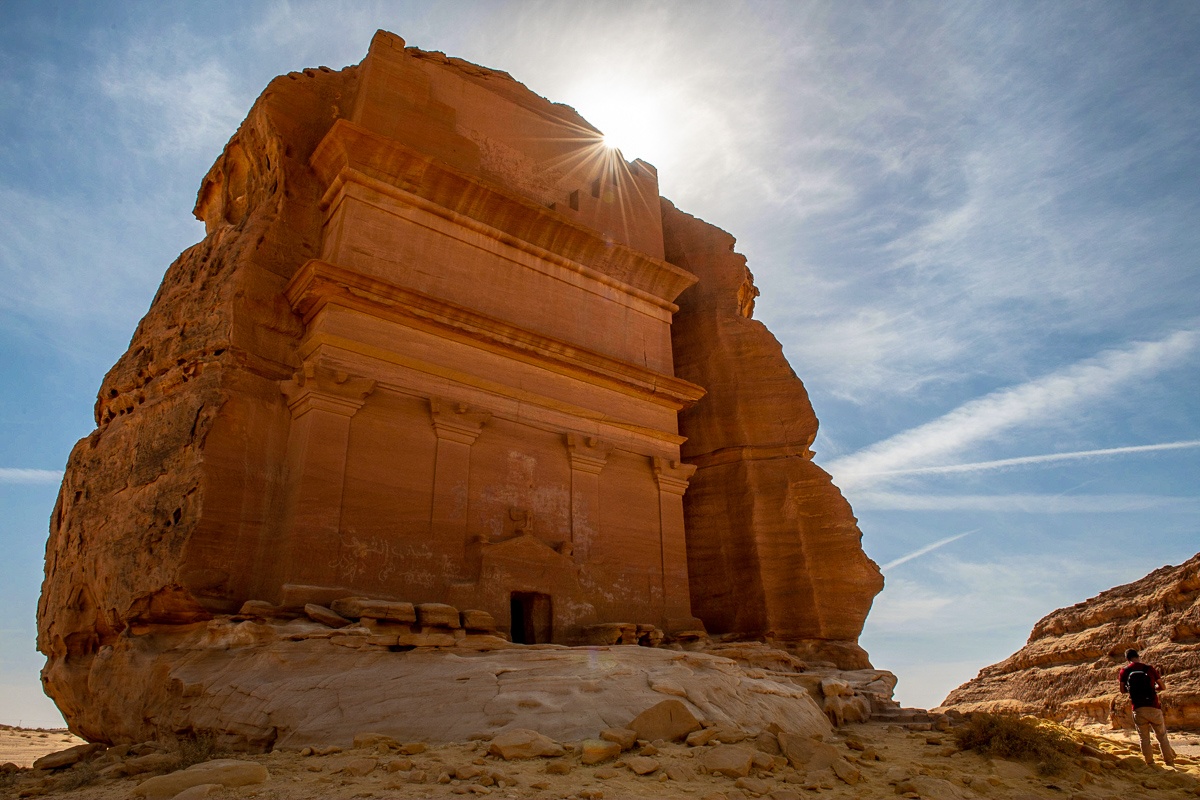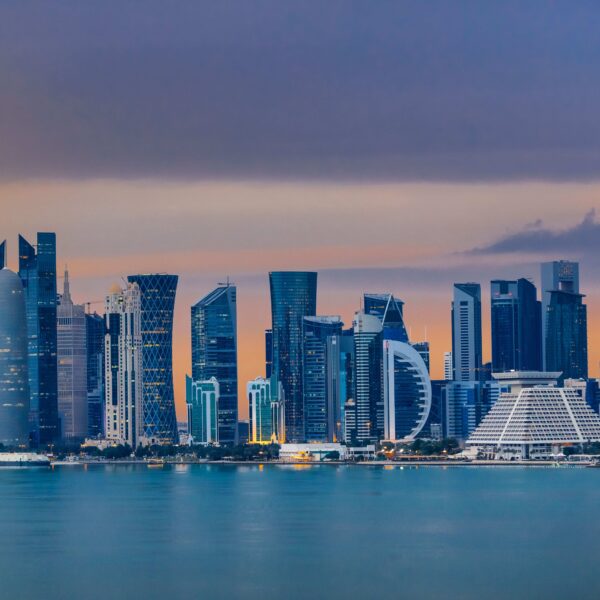Jordan’s sandstone-carved city of Petra is widely revered as the capital of the Nabataean Kingdom, an ancient Arabic civilisation that flourished in northern Arabia and the southern Levant between about 312BC and 106AD. But a few hundred kilometres south, a sweltering three-to-four-hour drive from Saudi Arabia’s city of Medina, lie the remains of a mysterious settlement that was once a critical centre of their mighty civilisation.
Until archaeological excavations in the last few decades, little was known about Saudi Arabia’s ancient culture, which left behind massive rock-carved monuments in the vast desert. Mada’in Saleh, a Unesco-listed site sometimes called Hegra, was a key Nabataean hub along an ancient trade route connecting Persia to the East with the Mediterranean world to the west. The surrounding area of al-Ula is a stunning sand-swept landscape of ancient ruins and millennia-old tombs, much of which remains well-preserved to this day.
Mada’in Saleh has been inhabited since the 1st Century BC and was a bustling hub for incense and spice trading until the invasion of the Romans in the 1st Century AD. The site is comprised of more than 100 boulder-cut, monumental tombs, reflecting the Nabataeans’ artisanal prowess. Qasr al-Farid (“The Lonely Castle”) is one of the most majestic, with stairs at its crown believed to support the soul’s passage to heaven. Greco-Roman, Assyrian and Egyptian architectural influences, such as eagles, sphinxes, triangles and columns, are visible throughout the sandstone-chiselled tombs.
The millennium-old site has remained well-preserved for centuries, largely owing to Saudi Arabia’s dry, arid climate. In light of the ongoing coronavirus pandemic, it is due to reopen for tourism in October 2020, and the government is pumping investment into the surrounding al-Ula region to attract prospective tourists.










